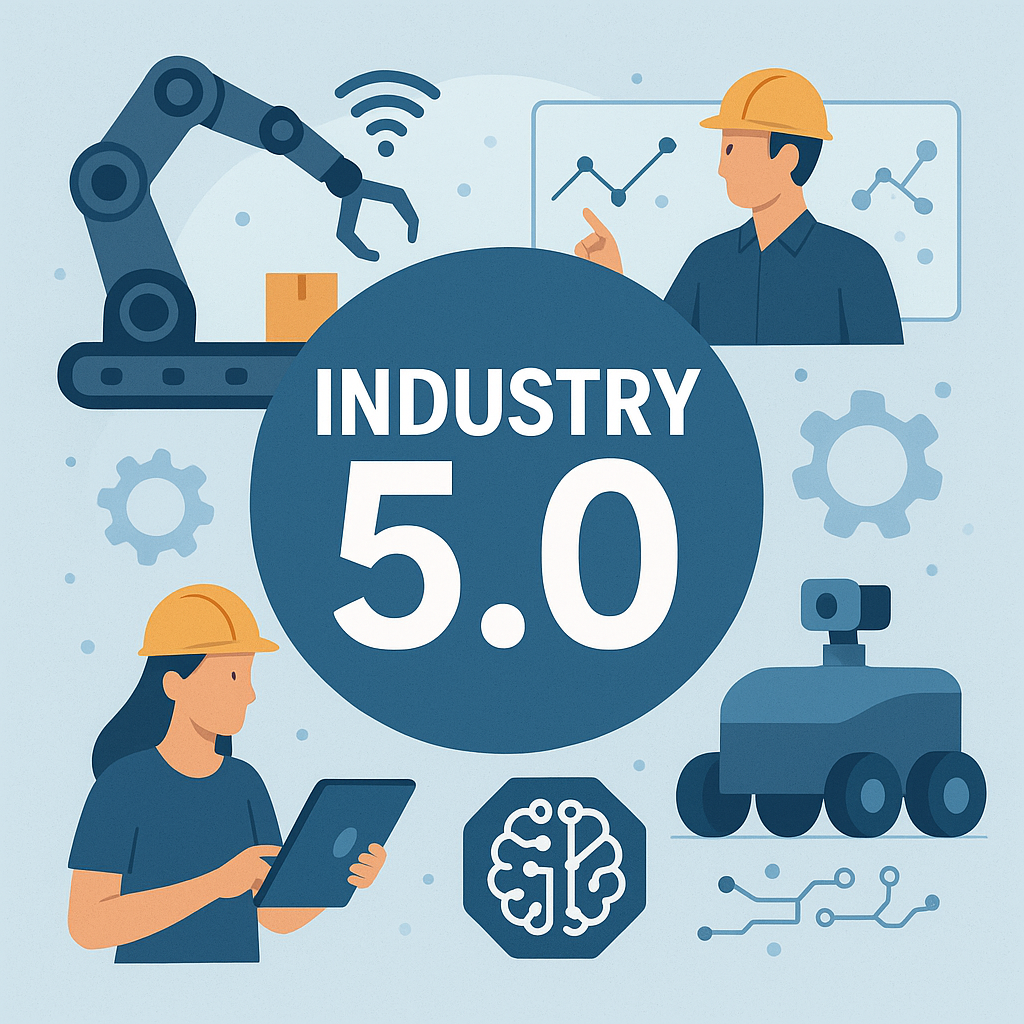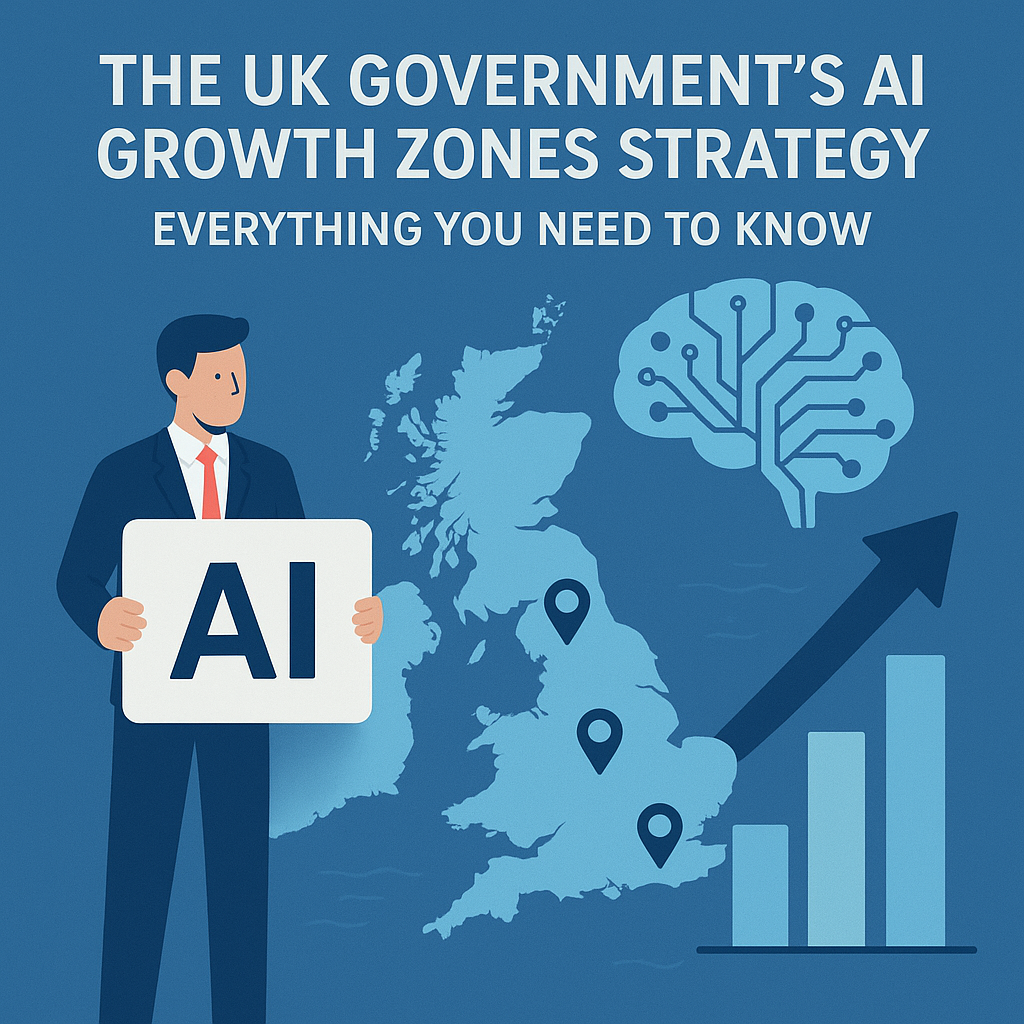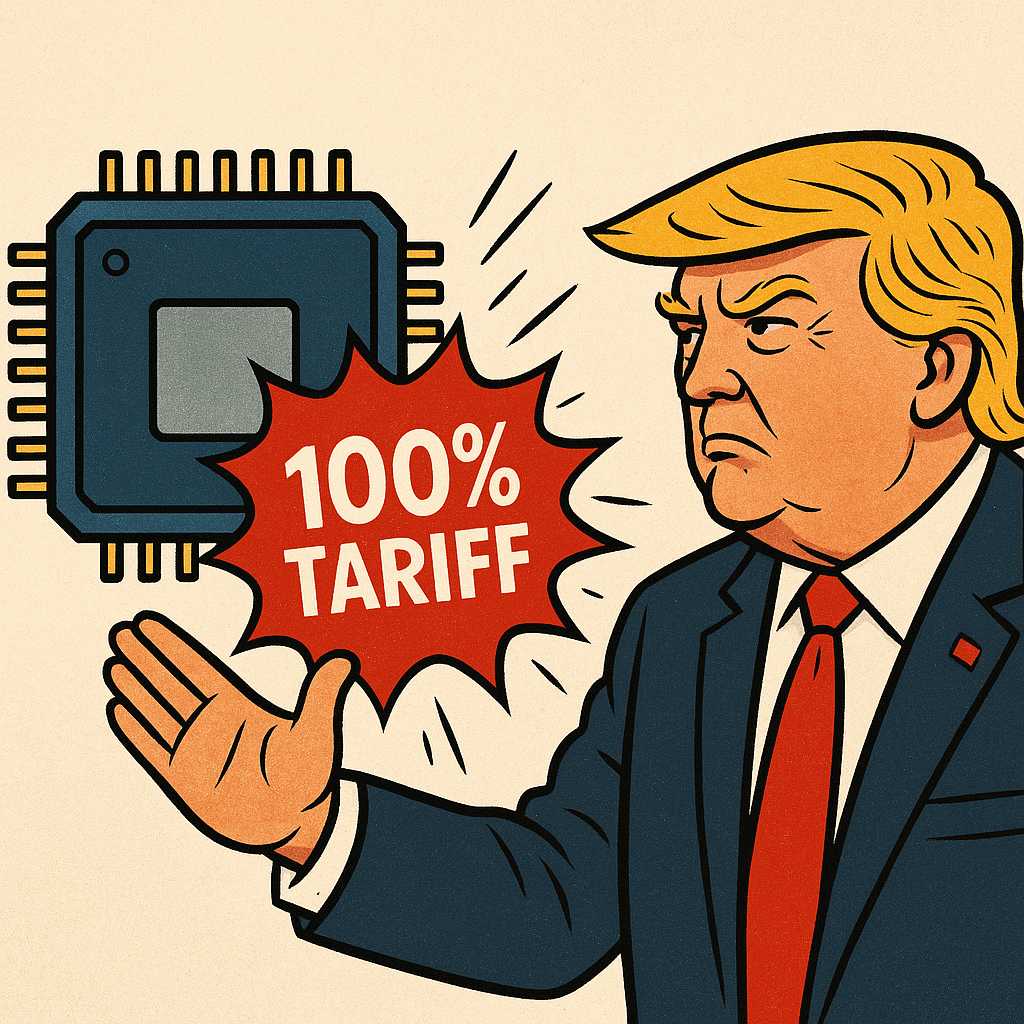Introduction
Watch the way technology markets speak about progress and you will notice a steady rhythm. New releases arrive on a calendar. Every few years there is a faster network, a smarter chip, a slimmer device. Manufacturing runs on a different clock. Plants do not upgrade for novelty. They invest when the numbers work and when customers ask for something better. Labels and versions make for good headlines. Production lines answer to tougher judges.
This article translates the promise of Industry 5.0 into practical moves on the shop floor. It looks at how leaders can pair human judgment with machine precision, how teams can build resilience without sacrificing efficiency, and how sustainability turns from a cost into a competitive edge. The aim is simple. Do not swap one slogan for another. Build a factory that performs in the real world.
From Industry 4.0 to Industry 5.0: what worked and what stalled
Industry 4.0 delivered real capabilities. Sensors made equipment visible in real time. Manufacturing execution systems connected to planning systems so work orders flowed with fewer surprises. Robots took on repetitive, high accuracy tasks. Predictive maintenance cut unplanned downtime. Digital twins helped plan lines and catch bottlenecks before steel was cut. These wins still matter.
Where things stalled was not in technology. It was in adoption. Many plants bought tools faster than they redesigned work. Operators were trained on features rather than workflows. Data lived in dashboards but never informed a shift huddle. Capital expenses rose while productivity plateaued. People became workaround experts. The lesson is clear. Tools amplify good process and good management. They do not replace either one.
Industry 5.0 keeps the best of Industry 4.0 and widens the lens. The question changes. Instead of asking how to automate more, leaders ask how to combine human creativity and machine consistency to deliver outcomes customers value and communities respect.
Industry 5.0 in plain language
Industry 5.0 rebalances manufacturing around three anchors: human centricity, resilience, and sustainability. It treats the factory as part of a larger system that touches workers and suppliers, neighborhoods and ecosystems, regulators and investors, and of course the end customer. When these anchors are combined, value creation becomes more durable and less fragile.
Human centricity: better jobs, better results
Human centricity is not a poster on a wall. It is a design choice that shows up in daily work.
- Job design that fits real tasks. Operators should work with systems that lower cognitive load and reduce task switching. Clear standard work, intuitive work instructions, and guided sequences on devices help new hires reach proficiency faster.
- Assistive automation. Cobots handle precision and muscle. People handle exceptions, set up work, improve the process, and solve problems. Vision systems and augmented reality can make inspections faster and training more immersive.
- Safety and wellbeing. Ergonomics, clean air, and lighting are not perks. They are prerequisites. Wearables that flag fatigue or risky motion patterns are useful when paired with coaching and redesigned tasks.
- Skills progression. A skills matrix tied to real pay and advancement turns training from a compliance exercise into a career engine. Cross training raises flexibility when demand shifts.
A useful test is this. If your most experienced operator calls in sick, can the line run at a safe, predictable rate with a trained replacement. If not, human centricity is still a concept rather than a practice.
Resilience: built to absorb shocks
Supply chain shocks, demand swings, and vendor outages have turned resilience from a buzzword into a daily requirement.
- Shorter planning loops. Weekly planning that can pivot midweek beats quarterly plans that drift off course. Rolling forecasts informed by live production data keep capacity aligned to demand.
- Modular lines and quick changeovers. Tooling and fixtures that enable fast product switches reduce the cost of variety. This is what lets you serve small batches without drowning in setup time.
- Multi sourcing with visibility. Critical parts need more than one path. Dual qualified suppliers and clear inventory policies limit single points of failure. Digital supplier scorecards that show quality, lead time, and risk make tradeoffs explicit.
- Recovery time as a metric. Measure time to detect, time to diagnose, and time to recover for process upsets. Then practice recovery the way you practice fire drills. Resilience improves when teams rehearse.
Sustainability: cost, compliance, and brand in one plan
Sustainability is now a core driver of cost and market access. Treat it like any other performance dimension and the numbers improve.
- Energy per unit. Measure it, target it, and tie it to process changes. Simple moves like ramp schedules, heat recovery, and smart compressor control often pay back quickly.
- Materials and circularity. Scrap is lost margin. Closed loop quality feedback, better cut plans, and regrind limits reduce waste without compromising performance.
- Water and emissions. Monitor at the process level rather than at the plant boundary. Local data reveals low cost fixes that aggregate to real impact.
- Product design partnership. Operations should feed back into design so the next product is easier to build, lighter to ship, and simpler to service. Sustainability begins upstream.
A practical playbook for leaders
You do not need a master plan to start. You need a disciplined sequence.
Step 1: Name the outcomes that matter
Pick three or four outcomes that customers feel and finance teams can measure. Typical candidates include lead time, first pass yield, on time in full, changeover time, cost per unit, and carbon per unit. Write down the current baseline and the target for the next two quarters. This keeps ambitions grounded.
Step 2: Rediscover the work
Spend time where value is created. Sit with operators. Watch a full shift with a notebook. Map the flow of a product from order to shipment. Look for waiting, handoffs, rework, and decisions that require tribal knowledge. This is where technology should help. It is also where process changes will pay off.
Step 3: Choose a minimal tech stack that serves the work
Start with the smallest stack that can move your chosen outcomes.
- Data capture at the constraint. Instrument the bottleneck first. Count cycles, record reasons for stops, and gather quality outcomes at the point of decision.
- Digital standard work. Put instructions, checklists, and escalation paths at the workstation. Make updates easy so continuous improvement is not blocked by paperwork.
- Assistive automation where it removes pain. Use cobots, pick to light, or vision checks where they remove fatigue or reduce mispicks. Let operators lead the design.
- A simple analytics loop. Daily dashboards for the team, weekly reviews for managers, monthly reviews for executives. Same metrics, different depth.
Step 4: Build guardrails for trust
High performance requires trust. Trust requires guardrails.
- Safety by design. Risk assessments precede deployment. Lockouts and interlocks are tested and documented.
- Cybersecurity as hygiene. Patch plans, segmented networks, and clear response playbooks keep outages from spreading.
- Data governance. Make it clear who can see what and why. Workers should know how their performance is measured and how that data is used.
- Vendor accountability. Contracts should tie payment to outcomes, not just installation. Support should be measured as response time to issues and time to resolution.
Step 5: Pilot, learn, scale
Pick a value stream or a single cell. Run a focused pilot that lasts a few cycles of real demand. Invite operators to co design. Measure before and after. Write down what worked, what did not, and what to adjust. Then scale in waves so the organization has time to absorb change.
Metrics that prove Industry 5.0 is working
A balanced scorecard keeps efforts honest. Use a small set that travel from boardroom to bay floor.
- People. Training hours to proficiency, internal promotion rate, near miss reporting quality, and safety incidents per one hundred workers.
- Quality. First pass yield, cost of poor quality, and escapes per million.
- Flow. Lead time, changeover time, on time in full, and schedule adherence.
- Resilience. Mean time to recover, supplier risk score, and days of critical inventory.
- Sustainability. Energy per unit, water per unit, scrap rate, and emissions per unit shipped.
- Financial. Contribution margin per line, cash conversion cycle, and return on invested capital for improvement projects.
If a metric does not drive a decision, remove it. Clarity beats volume.
Field notes: three short snapshots
These are composite scenarios drawn from real implementation patterns. They show how small moves add up.
Precision machining plant: shorter lead time without new machines
A mid sized shop built a skills matrix for every cell and redesigned fixtures for faster setups. Digital work instructions reduced variation between shifts. A simple vision system checked tool wear at changeovers. Nothing exotic. Lead time dropped by a third, and on time in full rose into the nineties because the constraint was now predictable.
Food and beverage producer: resilience through modular changeovers
A beverage line struggled with promotion driven demand spikes. The team invested in quick connect manifolds and color coded hoses, then rewrote cleaning standard work with operator input. A scheduler switched to a rolling horizon informed by sales signals. Changeovers shrank, waste dropped, and the plant hit promotions without overtime.
Electronics assembler: sustainability that pays for itself
The plant mapped energy at the process level and found compressors idling at night. A control routine fixed the ramp schedule. Solder waste was cut with improved paste deposition checks. The sustainability team partnered with design to consolidate fasteners on the next product. Utility costs dropped, scrap fell, and the new design shaved seconds off every unit.
Governance that sustains momentum
Industry 5.0 crosses functions. Treat it as a management system rather than a project.
- A small steering group sets outcomes and removes blockers. Operations, engineering, IT, HR, and finance each own a part of the equation.
- A single product owner for each value stream coordinates improvements so technology and process move together.
- A lightweight center of excellence curates standards, templates, and vendor playbooks. Plants adapt, but they do not reinvent.
- A clear training ladder turns improvement into a career path. Mentors, certifications, and recognition keep talent inside the company.
How to start this quarter
Week 1 to Week 2: pick one value stream, confirm outcomes, baseline the numbers, and choose the pilot cell.
Week 3 to Week 6: map the work with the team, fix obvious wastes, install minimal data capture at the constraint, and launch digital standard work.
Week 7 to Week 10: introduce assistive automation where pain is highest, tighten planning loops, and rehearse recovery from a simulated upset.
Week 11 to Week 12: review results against the baseline, document lessons, set the next wave, and align capital plans to the gains you can now prove.
Conclusion
Industry 5.0 is not a rejection of the last decade. It is a correction. Factories that thrive in the coming years will feel different. Work will be designed around people. Lines will adapt to shocks rather than snap under stress. Sustainability will read like a cost plan and a brand promise at the same time. The technology will still be there. It will be quieter, closer to the work, and chosen for impact rather than novelty.
Leaders do not need a perfect blueprint to begin. They need the discipline to name outcomes, the humility to learn at the gemba, and the patience to scale what works. Do that, and the rhythm of improvement will not come from a product launch calendar. It will come from your own factory, week after week, as human skill and machine precision push each other toward better results that last.









